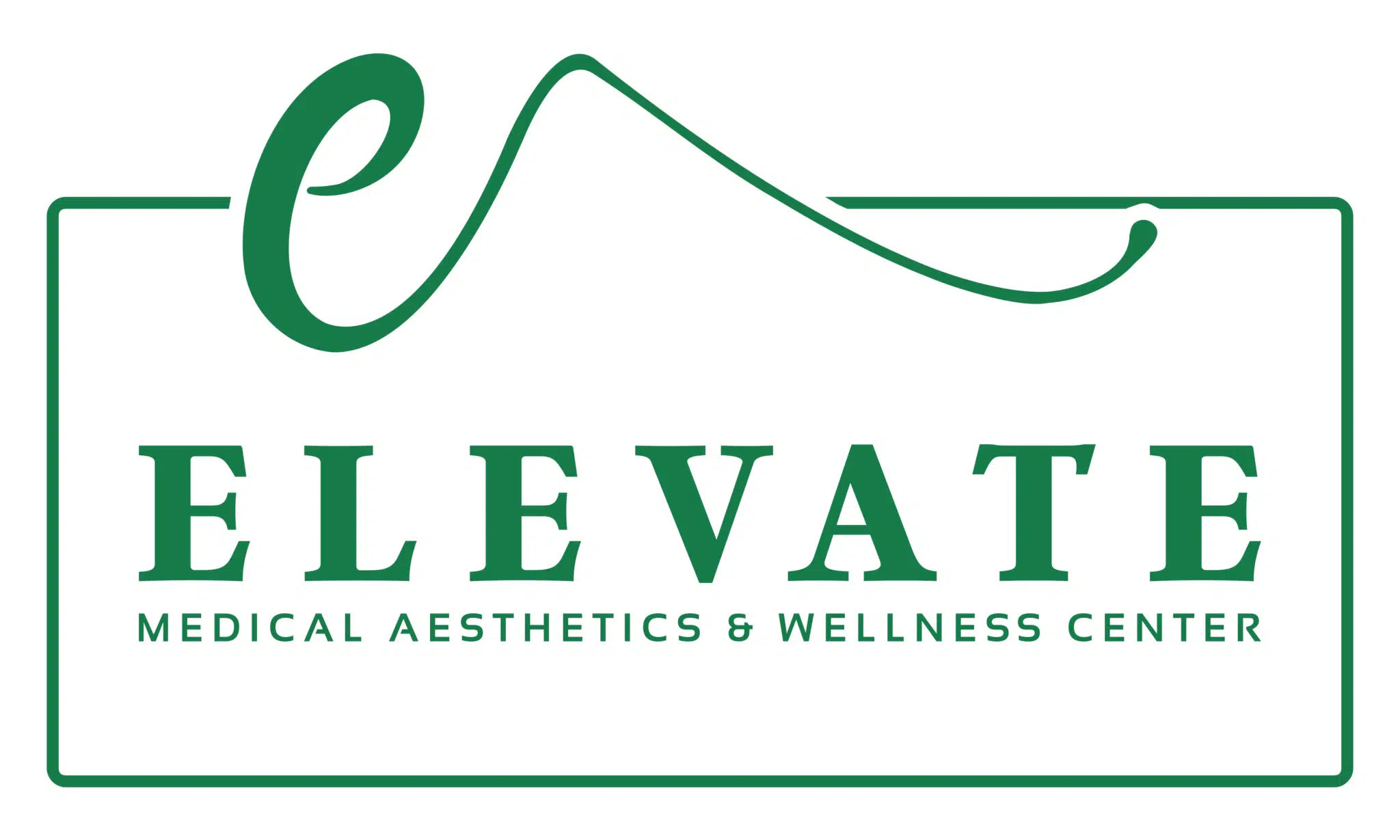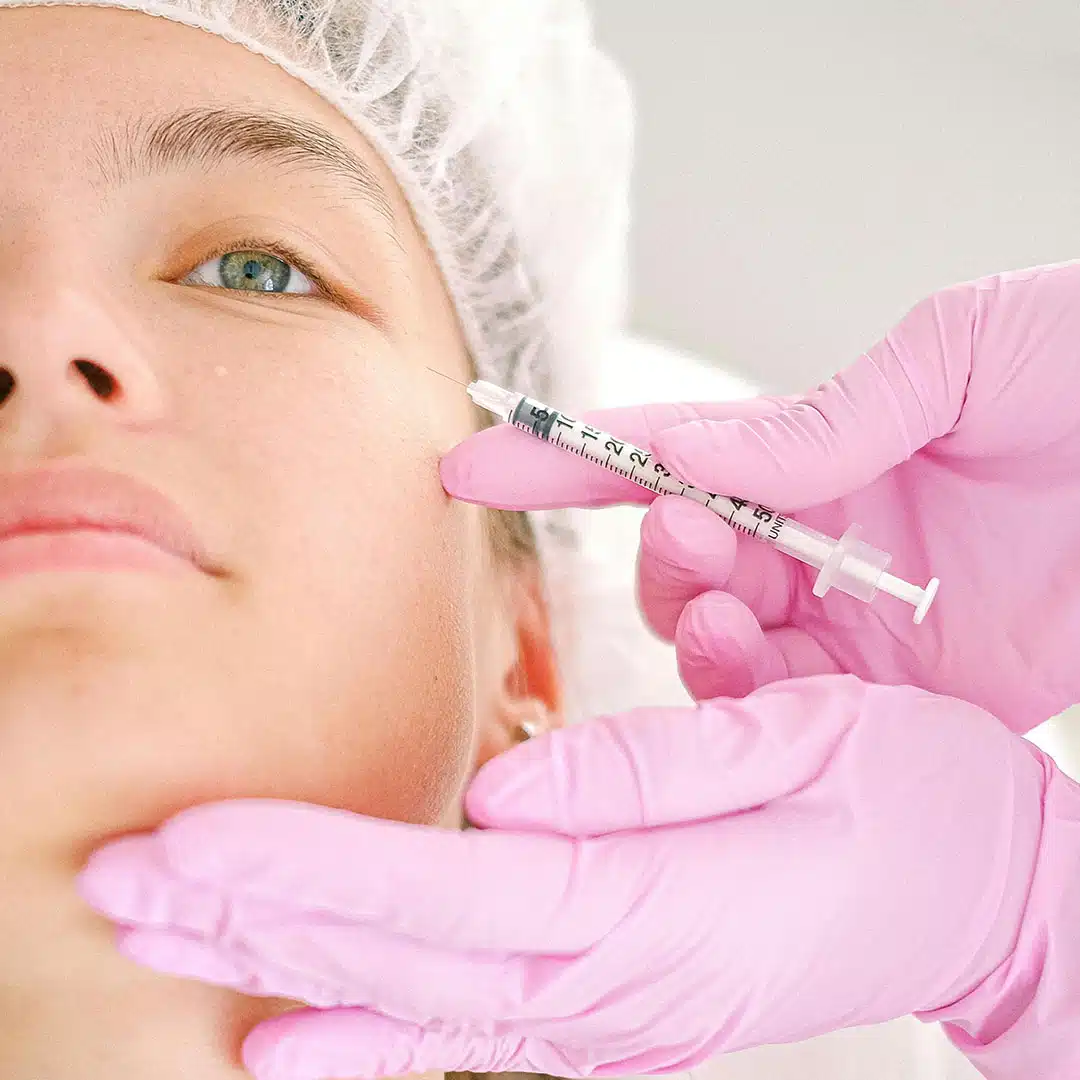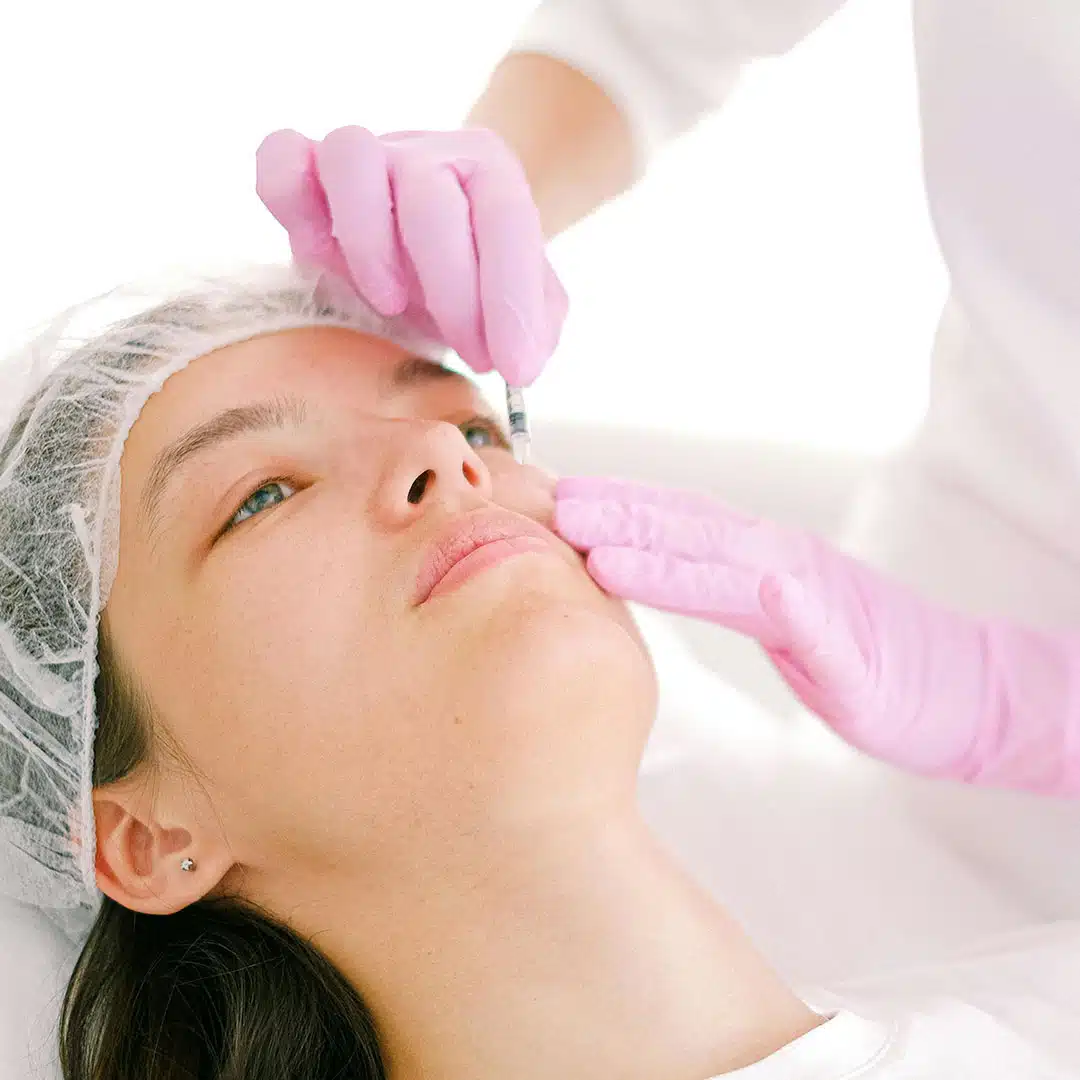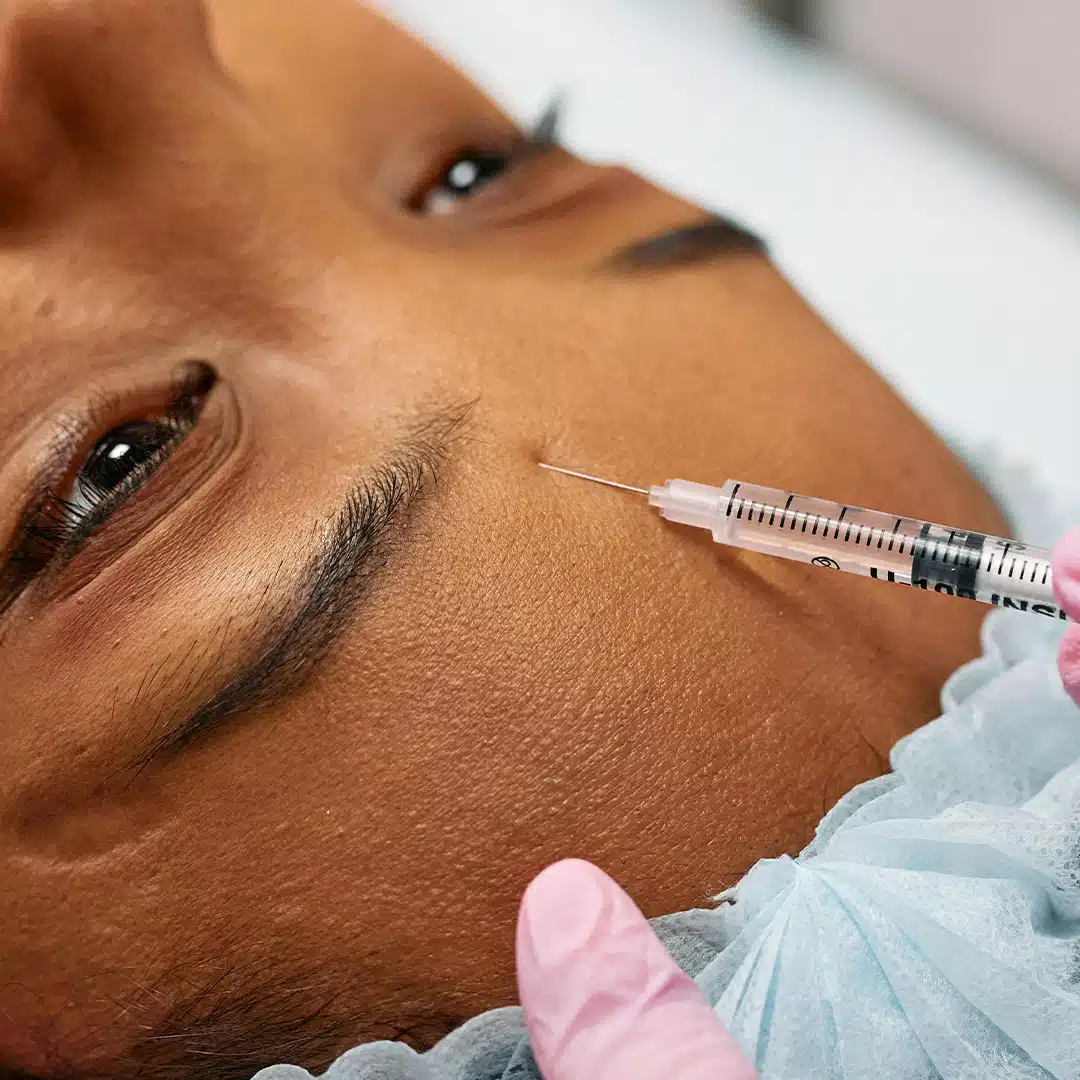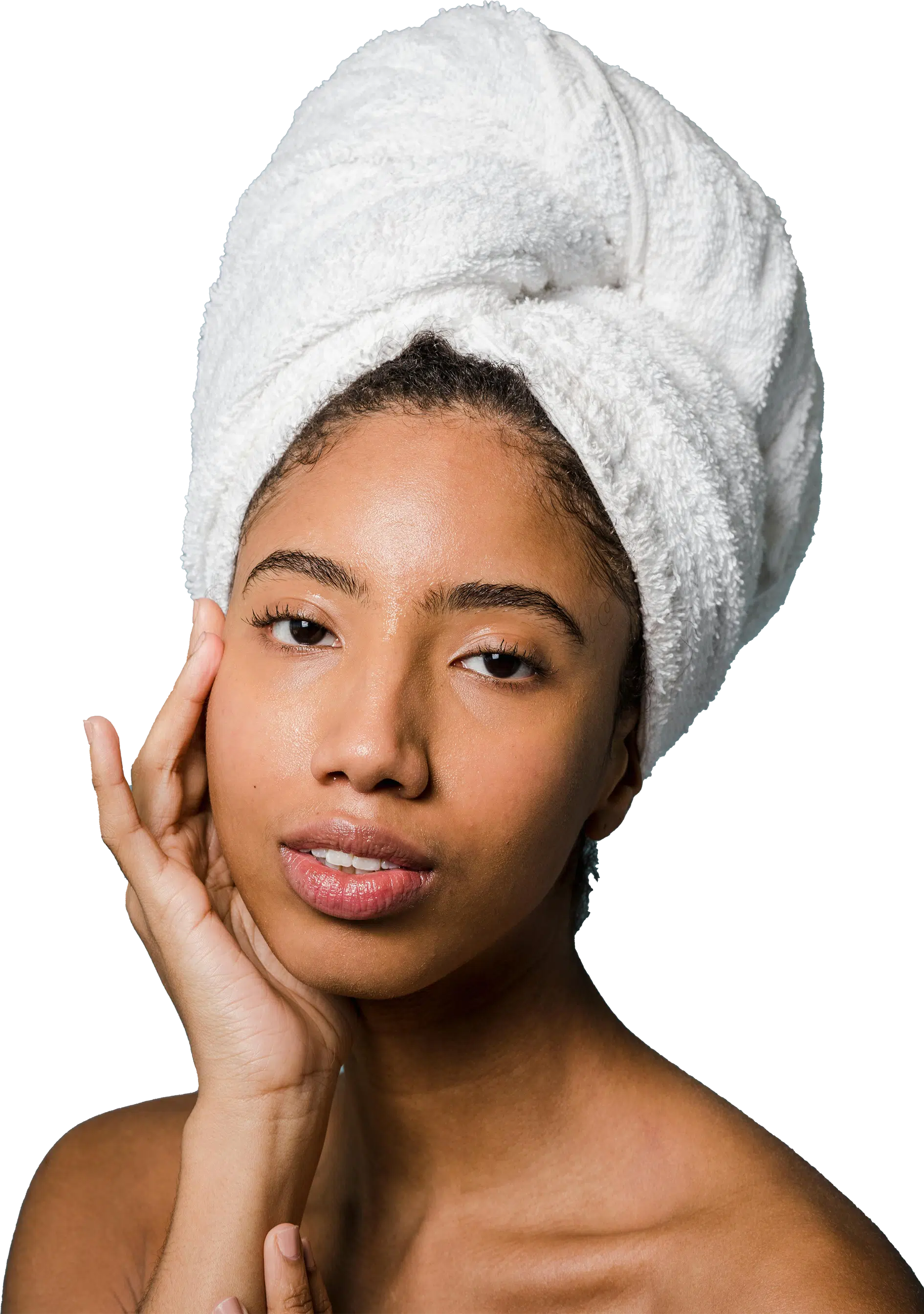Administering botox shots typically takes less than an hour, making it a convenient option for those seeking cosmetic enhancement. Most practitioners use a fine needle to inject the botulinum toxin product, ensuring minimal discomfort during the procedure. Patients might experience slight pinching or a sensation similar to mosquito bites. The trade name Botox has become synonymous with these botulinum-like injections, leading to its popularity in the global botox market. Costs can vary depending on the provider and location, but many individuals find the investment worthwhile for the desired aesthetic results.
Post-injection, some minor swelling or redness at the injection sites is common and usually subsides quickly. Most patients can resume their daily activities immediately after the procedure without significant downtime. The effects of botox® injections typically manifest within a few days, with optimal results appearing around one to two weeks post-treatment. The availability of botulinum-type injectables has expanded the choices for consumers, but Botox remains a top contender due to its established reputation and the extensive research backing its safety and efficacy in various applications.
Different Types of Botox Injections
Botox, derived from botulinum toxin, is a widely recognized treatment for both aesthetic and medical purposes. Various botulinum toxin products exist, each with unique formulations and applications. The first botulinum toxin, commonly known as Botox, primarily targets wrinkles and fine lines. Recent advancements have led to novel botulinum toxin options that offer more precise treatment options. Intradermal botulinum injections are a method that provides localized effects, whereas traditional botulinum toxin treatments usually target larger muscle groups. Understanding these differences is essential for assessing botulinum toxin safety and efficacy, as improper use can lead to botulinum poisoning. Several botulinum toxin types are available in the market, making it crucial to consult a professional for the appropriate selection based on individual needs.
Overview of Intradermal Botox Injection
Intradermal Botox injections utilize purified botulinum toxin to target specific areas within the skin. This technique allows for a more localized application compared to traditional intramuscular botulinum toxin methods. The botulinum-a exotoxin works effectively within the intradermal layers, helping to reduce fine lines and wrinkles by temporarily blocking nerve signals in the targeted muscles. This FDA-approved botulinum toxin method is gaining traction in the cosmetic treatment arena, providing a precise option for patients seeking subtle enhancements in facial aesthetics.
The botulinum toxin market has expanded significantly due to the rising popularity of these injections. Unlike many traditional applications of botulinum type treatments, intradermal injections can offer unique benefits for those looking to address superficial concerns while minimizing risks associated with botulinum toxin poisoning. Brands like Dysport-botulinum toxin and others have contributed to the evolution of this treatment, creating diverse options for users. Understanding the intricacies of intradermal administration can help patients make informed choices about their cosmetic procedures.
Comparing Traditional and Intradermal Methods
Traditional botulinum neurotoxin injections typically use botulinum neurotoxin type A, commonly known as Botox. This method involves deeper injections into the muscle, effectively treating dynamic wrinkles by temporarily paralyzing the underlying muscles. The primary mechanism includes blocking the release of acetylcholine at the neuromuscular junction, preventing muscle contraction. However, alternative methods have emerged, such as intradermal injections, which utilize different botulinum neurotoxins, including the novel botulinum neurotoxin DaxibotulinumtoxinA, also known as Daxify. This new formulation aims to offer longer-lasting results while minimizing adverse effects.
Intradermal methods target the superficial layers of the skin rather than the muscle. This allows for a more refined approach, addressing fine lines and superficial wrinkles with a potentially lower risk of muscle weakness. The application of Daxify and other advanced formulations in this context can enhance outcomes while reducing complications associated with traditional botulinum neurotoxin injections. Importantly, understanding the variety of botulinum neurotoxin detection methods and their implications in preventing human botulism, particularly in cases of botulism outbreaks, remains essential for practitioners and patients alike.
Benefits of Botox
Botox, derived from the botulinum neurotoxin produced by the bacterium Clostridium botulinum, offers a range of advantages beyond its well-known cosmetic applications. Originally intended for medical purposes, Botox effectively alleviates symptoms associated with conditions like chronic migraines and muscle spasms tied to disease botulism. The safety and efficacy of cosmetic-onabotulinumtoxina injections have made them popular for smoothing wrinkles at facial injection sites. While discussions regarding botulinum neurotoxin intoxication and the potential side effects are important, the benefits of toxin treatments in managing both aesthetic and medical concerns are significant. Understanding the different Clostridium botulinum serotypes and the intricacies of the botulinum neurotoxin gene also enhances awareness of how these cosmetic toxins work.
Cosmetic Advantages
Botox is widely known for its cosmetic applications, particularly in reducing the appearance of fine lines and wrinkles. This injectable treatment utilizes a neurotoxic protein produced by the bacterium Clostridium botulinum, effectively blocking nerve signals in muscles. As a result, the toxin effect leads to temporary muscle paralysis at the injection site, smoothing out facial features. Many people report a significant boost in self-esteem following their Botox sessions, making it one of the most sought-after cosmetic treatments in facial plastic procedures.
Beyond wrinkle reduction, Botox has become popular for its ability to contour facial features. The precision of injection treatments allows for targeted toxin production modulation, enhancing the overall aesthetic appeal. Many individuals opt for Myobloc-rimabotulinumtoxinB injection as an alternative for their cosmetic needs. Recovery from these toxin injections is generally swift, allowing clients to return to their daily activities with minimal downtime. As more people seek non-invasive options for beauty enhancement, Botox continues to play a vital role in the realm of cosmetic treatments.
Medical Applications
Botox has gained prominence beyond its cosmetic uses, demonstrating significant medical applications. Various toxin types, including onabotulinum toxin, abobotulinumtoxina injection, and rimabotulinumtoxinb injection, provide treatment options for conditions such as chronic migraines, excessive sweating, and muscle spasticity. These therapeutic injections utilize the same foundational principles as cosmetic operations, allowing for targeted treatment at specific injection sites without the cosmetic complications often associated with aesthetic procedures.
The versatility of Botox injections extends to treatments for conditions like overactive bladder and strabismus. Letibotulinumtoxina-wlbg injection represents an advanced formulation designed for specific medical conditions. While primarily recognized for smoothing facial wrinkles, the medical applications of Botox underscore its importance in various healthcare settings. However, adverse effects can occur, and complications such as food-borne botulism results should be taken into consideration during treatment.
Discussing Botox Side Effects
Botox, derived from the Latin word "botulus," refers to the potent toxins produced by clostridium spores. Used widely in cosmetic injectables, the incobotulinumtoxina injection and prabotulinumtoxina-xvfs injection target dynamic wrinkles by temporarily paralyzing muscles. While these treatments are effective, they can lead to side effects, often categorized as common and rare reactions. Common side effects may include localized pain and swelling at the injection site, due to toxin-antitoxin reactions. Rarely, more severe reactions can occur, emphasizing the need for careful considerations before undergoing further injection. Understanding both the benefits and potential risks of Botox is essential for anyone considering this cosmetic form or utilizing it for diagnostic purposes.
Common Side Effects of Botox Injections
Botox, derived from clostridium neurotoxins, is a widely used treatment for both cosmetic improvement and medical conditions. After an initial injection, some patients may experience mild side effects. Injection-site erythema is a common reaction that can occur but usually resolves quickly. These effects may vary based on different toxin types and the therapeutic formulation used during treatment. Follow-up injections are often necessary to maintain results, and understanding potential side effects can help patients make informed decisions.
Although most side effects are mild, they can still be concerning for some individuals. Typical reactions include localized swelling and bruising at the injection site, which may also result from the technique used during facial plastic surgery procedures. In rare cases, patients may experience more significant reactions related to the specific onabotulinumtoxina treatment received. Being aware of these common side effects allows patients to better navigate their Botox experience and seek appropriate guidance if needed.
Rare and Severe Reactions
Botox treatments, while generally safe, can lead to rare and severe reactions in some individuals. These may include significant difficulties in swallowing or breathing, which can occur after several injections. Though many patients use Botox for cosmetic purposes like reducing forehead wrinkles, it also has non-cosmetic uses that can carry similar risks. Patients often receive a topical numbing gel before their shots, but this does not eliminate the potential for serious adverse effects.
Injection-site pain is a common experience after Botox shots, but severe reactions can extend beyond local discomfort. Invasive approaches may be necessary to address complications, leading to further treatments that complicate the ongoing management of symptoms. Individuals considering their next injection should discuss any previous reactions with their healthcare provider to determine the best path forward.
Evaluating Botox Cost
The cost of Botox can significantly vary based on several factors, including the type of treatment and the area being addressed. For blepharospasm patients, Botox serves as a crucial medicine, often helping to alleviate symptoms linked to neck spasms and swallowing difficulties. The use of Botox products typically involves a needle injection, which can lead to an outbreak of inquiries regarding pricing. Understanding the financial implications becomes essential, particularly as some individuals may consider the difference in cost between traditional injections and alternative methods, such as placeashburn. While Botox is recognized for its benefits, patients must evaluate the overall expense against the therapeutic advantages and possible need for ongoing treatments or additional drugs.
